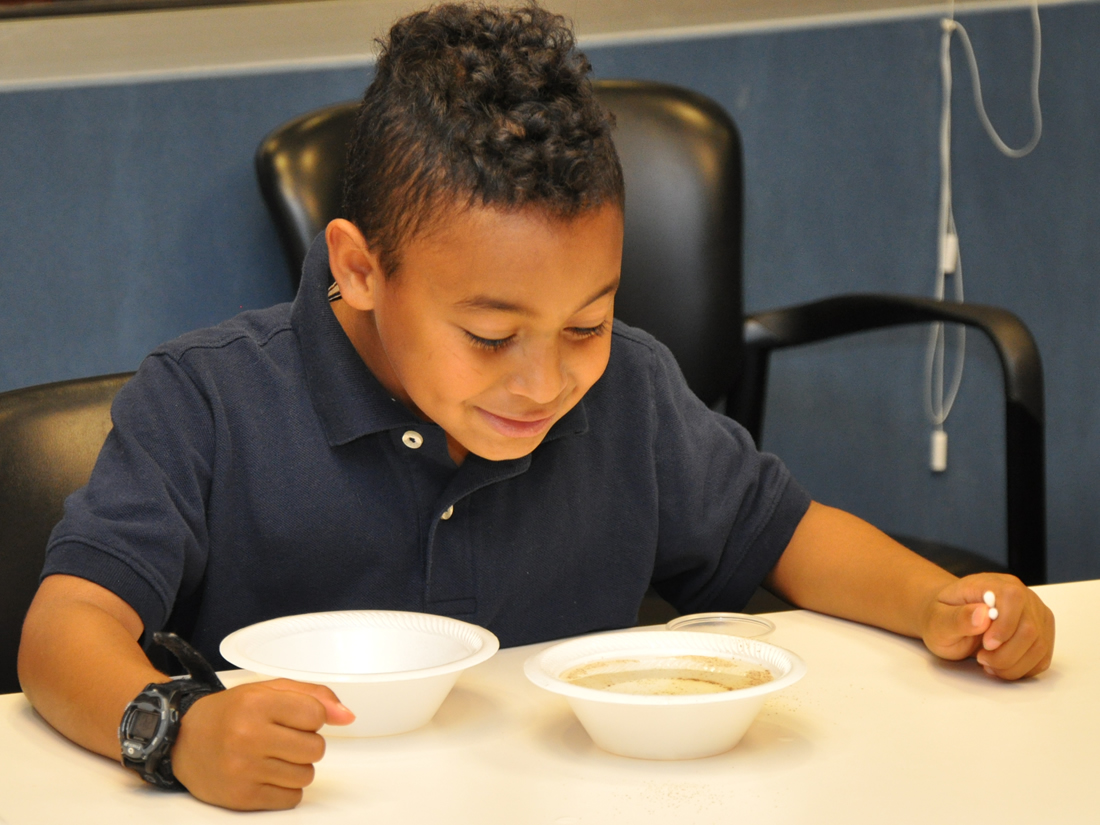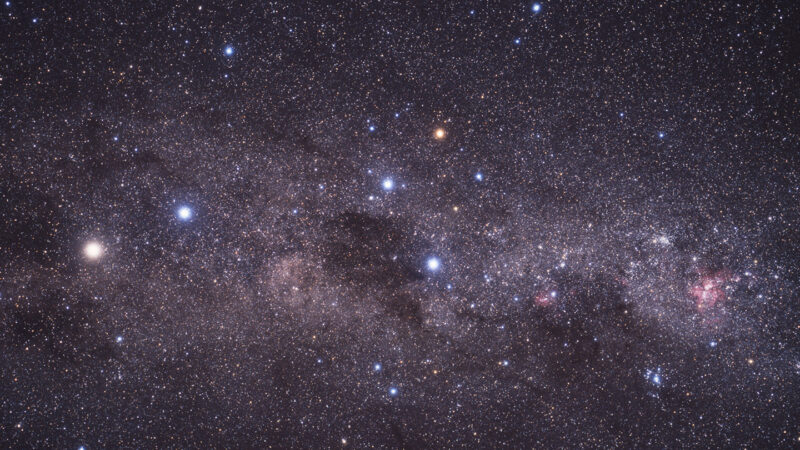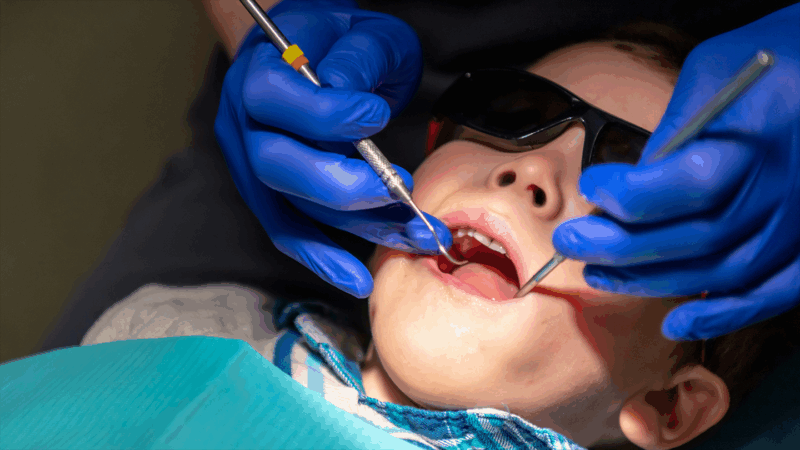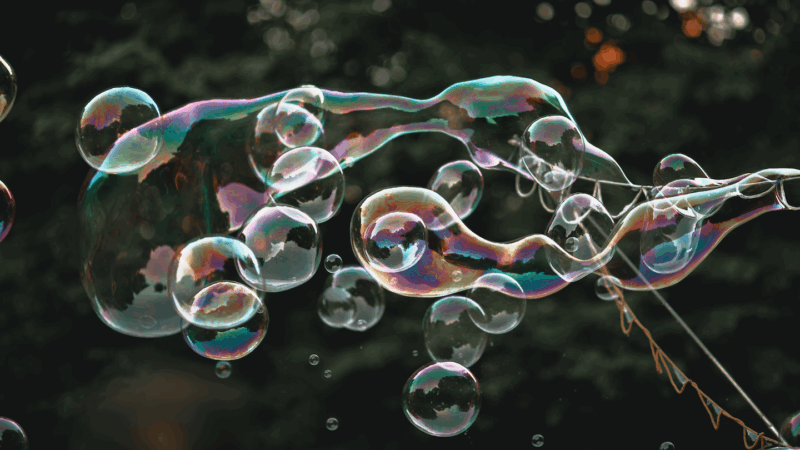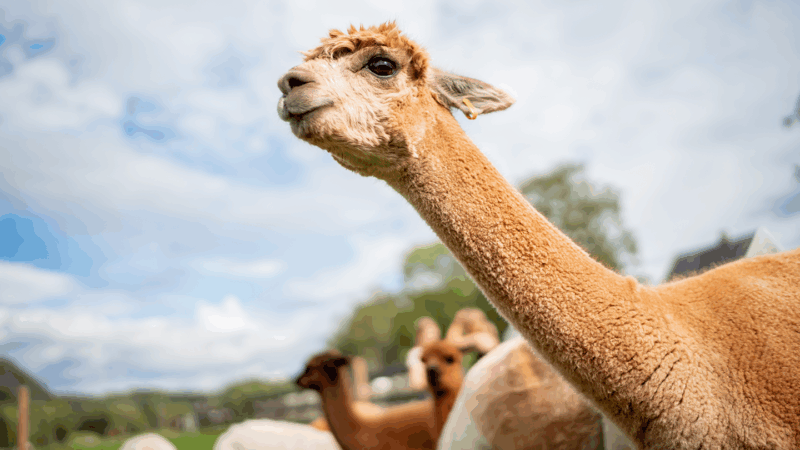[vc_row css_animation=”” row_type=”row” use_row_as_full_screen_section=”no” type=”full_width” angled_section=”no” text_align=”left” background_image_as_pattern=”without_pattern”][vc_column][vc_column_text]Most of the earth consists of water. In fact, there is much more water than there is land (70% of the earth’s surface is covered in water). However, less than 1% of the water supply on earth can be used as drinking water. Of course, all of this water is not clean. If you understand this, then you also understand why water treatment is so important. Water treatment makes it possible for us to use and reuse the small amount of fresh water we have available to us. However, most children don’t think about where the water goes after it flows down the drain of the sink or toilet. Yes…you might guess that the process is not exactly pretty. Of course, once children understand the time and energy that goes into cleaning water, they are more likely to value the clean water that flows freely from the tap.
The Water Treatment Process
The following is adapted from www.greeleygov.com
The picture below outlines the typical method for treating water (image from www.greeleygov.com). When the water first comes into the plant it is typically screened to remove sticks, trash or other large pieces of contaminants.
Coagulation: Chemicals are stirred into the water to form tiny sticky particles, called floc, that attract dirt particles.
Sedimentation: The water is no longer stirred and is allowed to settle. The heavy particles (floc) settle to the bottom and clear water moves off the top to the filtration chamber.
Filtration: Water passes through filters that help remove even smaller particles. Our filters consist of gravel, sand, garnet and charcoal. Each layer filters out a smaller and smaller particle. The charcoal not only acts as a filter but neutralizes taste and odor.
Disinfection: After filtration, the water moves into a disinfection chamber where it is mixed with chlorine. A small amount of chlorine is added to kill any bacteria or microorganisms that may be in the water. It is at this step that a small amount of fluoride is added for dental health.
Storage: Water is placed in a closed tank or reservoir where it flows through pipes to homes and businesses in the community.
Here’s What You’ll Need
- 1 cup of small aquarium gravel (available at your local pet store or hardware store)
- 1 cup of large aquarium gravel (available at your local pet store or hardware store)
- 1 cup of play sand
- 1 coffee filter
- Alum (available in the spice section of your local grocery store)
- 3 large, clear plastic cups
- Small plastic cups or bowls
- 1 Spoon
- 1 Small nail
- Measuring cups
- Dirty water (Make it yourself)
Here’s What You Do
- Create a dirty water mixture in a 2-liter bottle. You might add oil, soil, vinegar, sand, plant material, food coloring, chocolate syrup, pepper, etc. Be creative. Shake well. Fill one clear plastic cup with your dirty water mixture.
- Using the nail, create small holes (6-8 holes) in the bottom of one of the clear cups. The holes should be large enough for water to drip slowly from the bottom of the cup.
- Coagulation Phase: Add 1 teaspoon of alum to the cup of dirty water and stir. As you stir the alum into the dirty water, clumps of material (floc) should start to form in the cup.
- Sedimentation Phase: Remove the spoon from the dirty water and allow the mixture to sit. The clumps of materials and solids should begin to collect at the bottom of the cup.
- Filtering Phase: While you are waiting for the solids to settle out of the mixture, begin to build your water filter. Using one of the empty plastic cups begin to layer the materials in the cup. First place the coffee filter in the cup. Next, add the sand, small gravel, and large gravel (in that order). Congratulations, you have built a water filter. Hold your water filter over the clear plastic cup. Pour the dirty water through the filter, and watch as it drips into the other clear plastic cup. What does the filtered water look like?
- There is no disinfection phase for this activity. Of course, you can always add a little bleach to the water after you have filtered it. Just don’t drink it.
Wondershop Fast Fact
According to non-profit organization, Charity: Water, one in six people on the planet (approximately 1.1 billion people) don’t have access to safe, clean drinking water.
[/vc_column_text][/vc_column][/vc_row]

